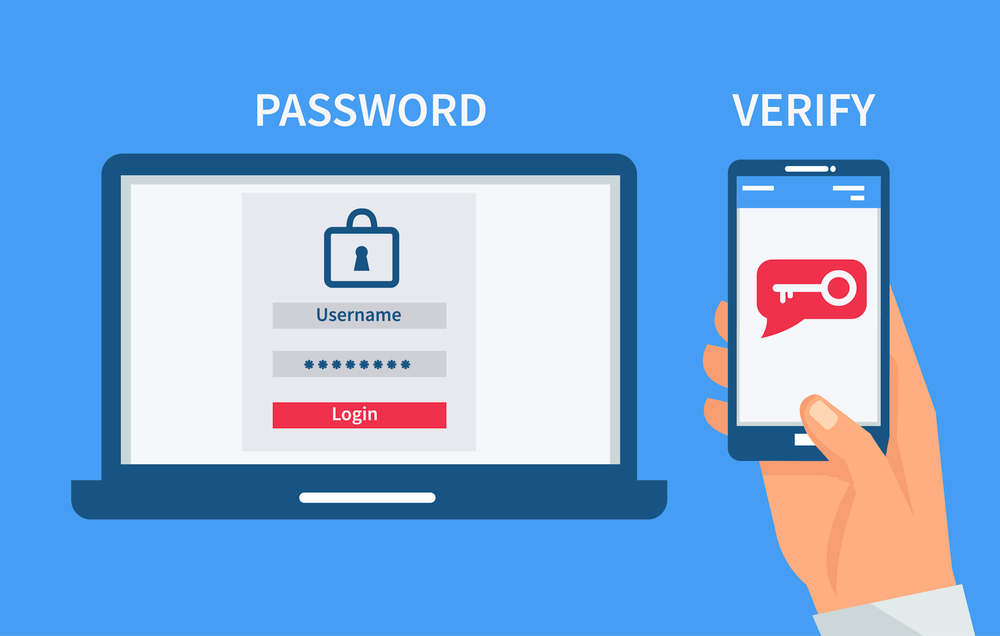Amongst the crowd of acronyms in the authentication space, 2FA, or Two Factor Authentication, seems to be one of the more self explanatory names. But what actually goes into 2FA, and how does it factor into authentication as a whole?
What is 2FA?
2FA, or two-factor authentication, is a security measure that requires you to provide two different types of information to prove your identity. There are multiple different factors you can choose from to use as the second form of identification, like something you know (passwords), something you have (phone), or something you are (biometrics).
Ideally, this second factor is different than the first, which is why you typically see passwords as the first factor and something else as the second. The idea is that by requiring two different forms of authentication, it makes it harder for someone else to impersonate you and gain access to your account.

How Does 2FA Work?
In the most common way to implement it, 2FA typically involves three steps:
Step 1: Enter your username and password like you normally would. This is the first factor, representing something that you know.
Step 2: Provide a second form of authentication. This can come in a variety of forms, such as a code sent to your phone from an authenticator app (also called TOTP), a fingerprint scan, or a security token.
Step 3: You’re done! Once you’ve provided both forms of authentication, you’ll be granted access to your account.

Why Use 2FA?
2FA offers several benefits over traditional username and password authentication. For one, it offers increased security. With 2FA, even if someone else gets ahold of your password, they won’t be able to access your account without the second form of authentication. 2FA can also help protect you against phishing attacks, where a hacker tries to trick you into giving them your login credentials. Even if they get your password, they won’t be able to access your account without the second form of authentication. By using 2FA, you can have peace of mind knowing that your accounts are more secure.
What Are the Types of 2FA?
There are several different types of 2FA, including:
SMS Authentication: This involves receiving a code via SMS on your phone.
App-Based Authentication: This involves using an app, such as Google Authenticator or Microsoft Authenticator, to generate a code.
Biometric Authentication: This involves using a fingerprint or face scan to verify your identity.
Hardware Token Authentication: This involves using a physical token, such as a USB key or a smart card, to verify your identity.
How Does 2FA Affect SSO?
In a previous post, we talked about SSO and what it means to bring that authentication method into your product. A huge benefit that comes baked in with various providers of SSO is that the Identity provider (e.g. Google) can require 2FA on their end, meaning that you get the security benefits of 2FA without needing to implement it in your product
2FA is an important security measure that can help protect your online accounts from unauthorized access. By requiring two different forms of authentication, it makes it harder for someone else to impersonate you and gain access to your account. There are several different types of 2FA, so it’s important to choose one that works best for you.
